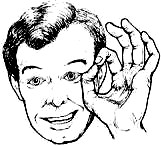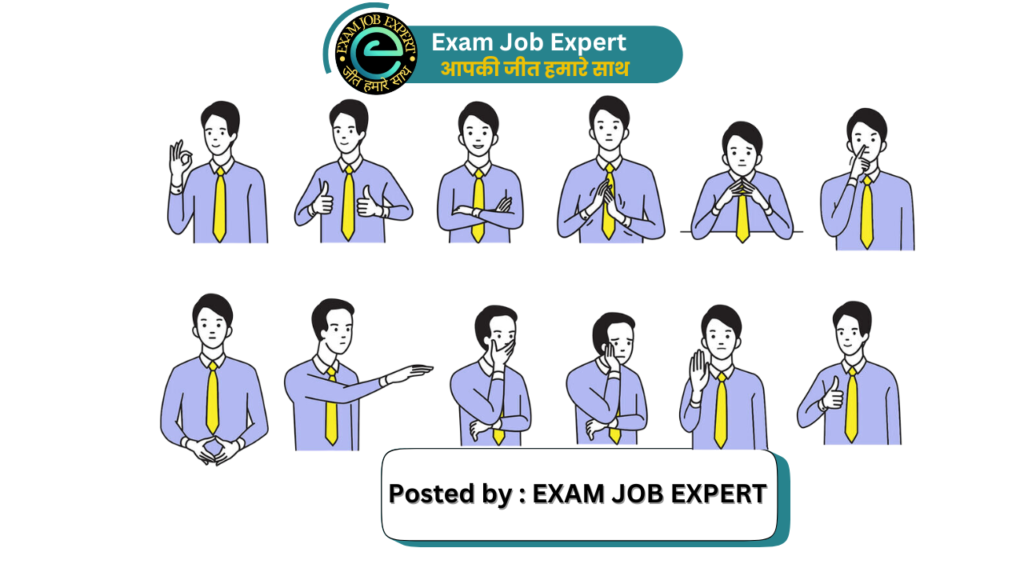Shoulder Shrug Gesture

- The shoulder shrug is also a good example of a universal gesture that is used to show that a person does not know or understand what you are talking about. It is a multiple gesture that has three main parts: exposed palms, hunched shoulders and raised brow.
The Ring or ‘OK’ Gesture

- The ‘OK’ meaning is common to all English-speaking countries and it means “All correct”.
The Thumb-Up Gesture

- In Britain, Australia and New Zealand the thumb-up gesture has three meanings, it is commonly used by hitch-hikers who are thumbing a lift, it is an OK signal, and when the thumb is jerked sharply upwards it becomes an insult signal, meaning ‘up yours’ or ‘sit on this’. In some countries, such as Greece, its main meaning is ‘get stuffed’.
Congruence (state of agreement)

- We often see a high ranking politician standing behind a lectern with his arms tightly folded across his chest (defensive) and chin down (critical or hostile), while telling his audience how receptive and open he is to the ideas of young people.
The Mouth Guard

- The mouth guard is one of the few adult gestures that is as obvious as a child’s. The hand covers the mouth and the thumb is pressed against the cheek as the brain sub-consciously instructs it to try and suppress the deceitful words that are being said. Sometimes this gesture may only be several fingers over the mouth or even a closed fist, but its meaning remains the same.
- Many people try to disguise the mouth guard gesture by giving a fake cough.If the person who is speaking uses this gesture, it indicates that he is telling a lie. If, however, he covers his mouth while you are speaking, it indicates that he feels you are lying!
Reinforced Arm-Cross Gesture

- The full arm-cross gesture the person has clenched fists, it indicates a hostile and defensive attitude.
- The person using this gesture cluster has an attacking attitude, as opposed to the person.
The Ankle-Lock Gesture

- Male Version of Ankle Lock – is often combined with clenched fists resting on the knees or with the hands tightly gripping the arms of the chair.
- Femal Version of Ankle Lock – varies slightly the knees are held together, the feet may be to one side and the hands rest side by side or one on top of the other resting on the upper legs.
Gestures with glasses

- The glasses-in-mouth gesture can be used to stall or delay a decision. In negotiating, it has been found that this gesture appears most frequently at the close of the discussion when the person has been asked for a decision. The act of continually taking the glasses off and cleaning the lenses is another method used by glasses wearers to gain time for a decision. When this gesture is seen immediately after a decision has been asked for, silence is the best tactic.
- If the person puts the glasses back on, this often means that he wants to ‘see’ the facts again, whereas folding the glasses and putting them away signals an intention to terminate the conversation.
https://youtu.be/EicjwzNC8ko
https://youtu.be/z3cKCveocgc
https://youtu.be/_hgcLvORTq8




